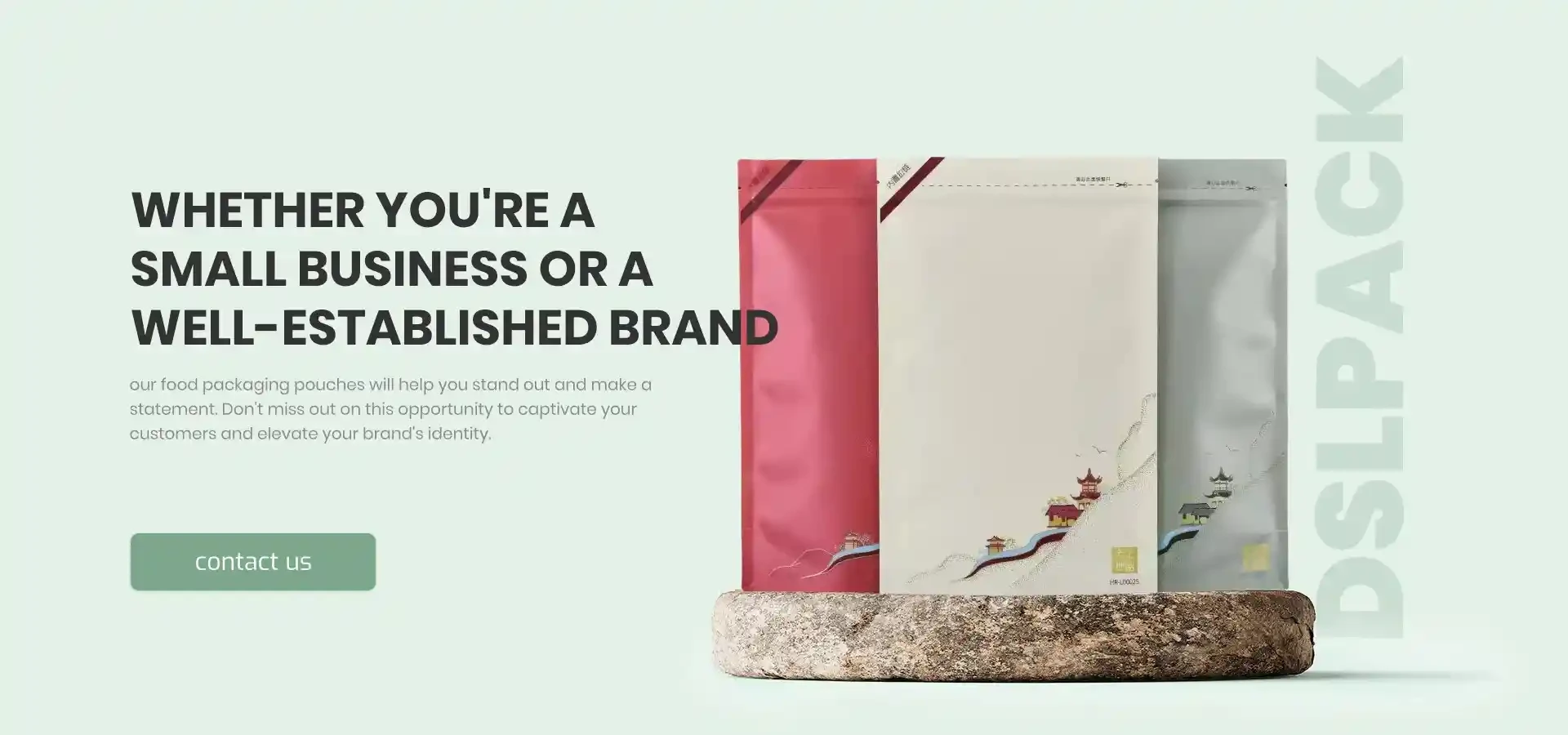- Afrikaans
- Albanian
- Amharic
- Arabic
- Armenian
- Azerbaijani
- Basque
- Belarusian
- Bengali
- Bosnian
- Bulgarian
- Catalan
- Cebuano
- chinese_simplified
- chinese_traditional
- Corsican
- Croatian
- Czech
- Danish
- Dutch
- English
- Esperanto
- Estonian
- Finnish
- French
- Frisian
- Galician
- Georgian
- German
- Greek
- Gujarati
- haitian_creole
- hausa
- hawaiian
- Hebrew
- Hindi
- Miao
- Hungarian
- Icelandic
- igbo
- Indonesian
- irish
- Italian
- Japanese
- Javanese
- Kannada
- kazakh
- Khmer
- Rwandese
- Korean
- Kurdish
- Kyrgyz
- Lao
- Latin
- Latvian
- Lithuanian
- Luxembourgish
- Macedonian
- Malgashi
- Malay
- Malayalam
- Maltese
- Maori
- Marathi
- Mongolian
- Myanmar
- Nepali
- Norwegian
- Norwegian
- Occitan
- Pashto
- Persian
- Polish
- Portuguese
- Punjabi
- Romanian
- Russian
- Samoan
- scottish-gaelic
- Serbian
- Sesotho
- Shona
- Sindhi
- Sinhala
- Slovak
- Slovenian
- Somali
- Spanish
- Sundanese
- Swahili
- Swedish
- Tagalog
- Tajik
- Tamil
- Tatar
- Telugu
- Thai
- Turkish
- Turkmen
- Ukrainian
- Urdu
- Uighur
- Uzbek
- Vietnamese
- Welsh
- Bantu
- Yiddish
- Yoruba
- Zulu
Understanding Woven Fabrics and Their Diverse Applications in Textiles
Understanding Woven Fabrics An Overview
Woven fabric is a textile made by weaving threads together, creating a versatile material used in a wide array of applications. From clothing to home furnishings, woven fabrics play a crucial role in our daily lives. Understanding the characteristics, types, and uses of woven fabric can enhance your appreciation of this essential material.
The Basics of Woven Fabric
Woven fabric is created through a process that involves interlacing two sets of threads the warp and the weft. The warp threads run lengthwise, while the weft threads run crosswise. The method of weaving and the pattern created by the interlacing threads contribute to the fabric's overall texture and durability. The most common weaving techniques include plain weave, twill weave, and satin weave, each resulting in unique characteristics and appearances.
1. Plain Weave This is the most basic and commonly used weaving method. It features a simple over-and-under pattern that provides a sturdy and flat fabric. Examples include cotton, muslin, and taffeta.
2. Twill Weave This technique creates a diagonal pattern, providing a softer feel and greater durability. Fabrics like denim and herringbone utilize this method, making them popular for various clothing items.
3. Satin Weave Known for its luxurious finish, satin weave creates a smooth, glossy surface. It is commonly used for evening wear and formal garments. Silk satin and polyester satin are popular examples.
Types of Woven Fabrics
Woven fabrics can be classified into several categories based on the fibers used and the weaving technique applied. Here are some popular types
- Cotton A widely used natural fiber, cotton woven fabric is soft, breathable, and highly durable, making it ideal for clothing and home textiles like curtains and bed linens.
- Linen Made from the flax plant, linen is known for its strength and natural luster
. It is breathable and absorbs moisture well but may wrinkle easily.what is a woven fabric

- Wool Gathered from sheep, wool woven fabrics are known for their warmth and elasticity. They are commonly used in garments like suits, sweaters, and blankets.
- Silk Renowned for its luxurious feel and sheen, silk woven fabrics are often used in high-end clothing and accessories.
- Synthetic Fibers Fabrics such as polyester, nylon, and acrylic are created through chemical processes. They are often blended with natural fibers to enhance durability and reduce maintenance requirements.
Applications of Woven Fabrics
The versatility of woven fabrics allows them to be used in various applications, including
- Clothing A significant portion of the fashion industry relies on woven fabrics for shirts, trousers, dresses, and outerwear. Their durability, comfort, and aesthetic appeal make them a desirable choice for garment manufacturing.
- Home Décor Woven fabrics are extensively used in home furnishings like upholstery, curtains, and table linens. They contribute to both the aesthetic and functional aspects of interior design.
- Industrial Uses Certain woven fabrics are engineered for durability and strength, making them suitable for technical applications. Examples include safety gear, tarps, and automotive textiles.
The Future of Woven Fabrics
As technology advances, the future of woven fabrics looks promising. Innovations in weaving techniques and fiber development are leading to new fabrics that are not only more efficient but also environmentally friendly. Sustainable practices, such as using organic fibers and minimizing waste, are shaping the future landscape of textile production.
In conclusion, woven fabrics are an integral part of our lives, providing functionality and aesthetic appeal across a spectrum of applications. Whether you are choosing fabric for clothing, home goods, or specialty items, understanding the various types of woven fabrics will help you make informed decisions that suit your needs. As we embrace sustainability and innovation, the evolution of woven fabrics will continue to unfold, offering endless possibilities in the world of textiles.













